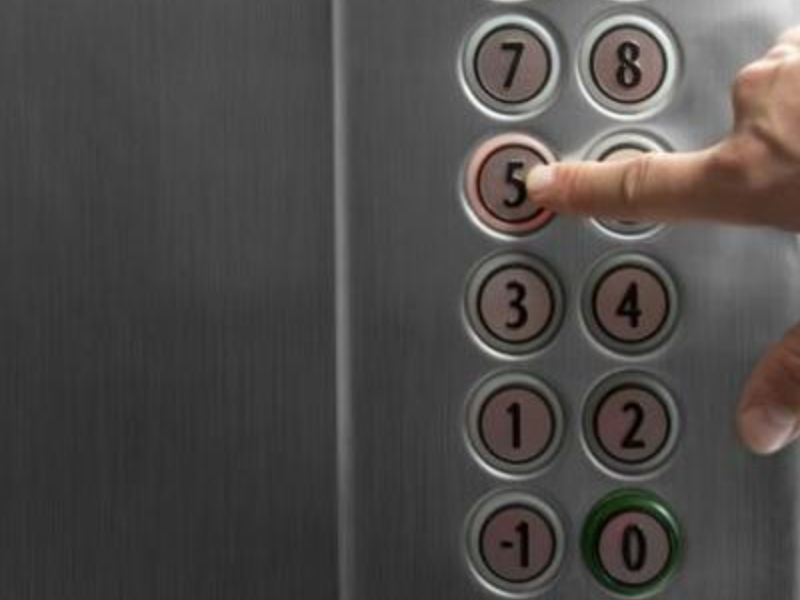Introduction of Lift Battery
Elevator systems, or lifts, are a vital component of modern infrastructure, providing efficient vertical transportation in buildings of all sizes. While much attention is given to the mechanics of elevators, the role of lift batteries is often overlooked. These batteries play a crucial role in ensuring elevator safety and functionality during power outages and emergencies. In this article, we will delve into the lifespan of elevator batteries, the factors that influence their durability, and the importance of proper maintenance.
Understanding Elevator Batteries
Elevator batteries are rechargeable energy storage devices that power essential functions of an elevator system, particularly during power interruptions. These batteries are responsible for operating emergency lighting, communication systems, and ensuring the safe evacuation of passengers in case of power failures.
Factors Affecting Battery Lifespan
Battery Chemistry: The type of battery chemistry used in elevator systems significantly impacts their lifespan. Common battery chemistries include valve-regulated lead-acid (VRLA) batteries and nickel-cadmium (NiCd) batteries. VRLA batteries are often used due to their maintenance-free design and relative affordability. NiCd batteries, while more expensive, are known for their durability and ability to withstand frequent discharges.
Depth of Discharge: Elevator batteries are subject to frequent charge and discharge cycles, and the depth of discharge (DOD) plays a critical role in battery lifespan. Shallower discharges tend to prolong battery life, as deep discharges can accelerate chemical reactions that contribute to degradation.
Temperature: Like many battery types, elevator batteries are sensitive to temperature fluctuations. Extreme heat or cold can reduce battery performance and lead to faster degradation. Proper temperature control and ventilation are essential for maintaining battery health.
Charging Practices: Proper charging practices, including voltage regulation and current limitations, are crucial for extending battery life. Overcharging or inadequate charging can cause damage over time.
Lifespan Expectations
The lifespan of elevator batteries varies depending on the factors mentioned above, as well as the quality of the battery system, manufacturer specifications, and maintenance routines. On average, elevator batteries may last anywhere from 3 to 10 years, with some high-quality systems potentially reaching 15 years or more.
Maintenance and Care
Proper maintenance and care are fundamental to extending the lifespan of elevator batteries. Regular inspections, cleaning, and testing of battery systems are essential. Maintenance personnel should monitor battery voltage, specific gravity (for lead-acid batteries), and perform routine load tests to ensure that the batteries are functioning optimally.
Conclusion
Elevator batteries play a critical role in ensuring elevator safety, functionality, and passenger comfort during power outages and emergencies. The lifespan of these batteries is influenced by factors such as battery chemistry, depth of discharge, temperature, and charging practices. Proper maintenance and care are crucial for extending their lifespan and ensuring their reliability.
As technology advances, the industry may see improvements in battery chemistry and manufacturing processes, potentially leading to longer-lasting elevator batteries. Until then, building owners, facility managers, and maintenance personnel should prioritize regular inspections, testing, and appropriate maintenance practices to ensure that elevator batteries fulfill their role effectively and safely over their operational lifespan.


